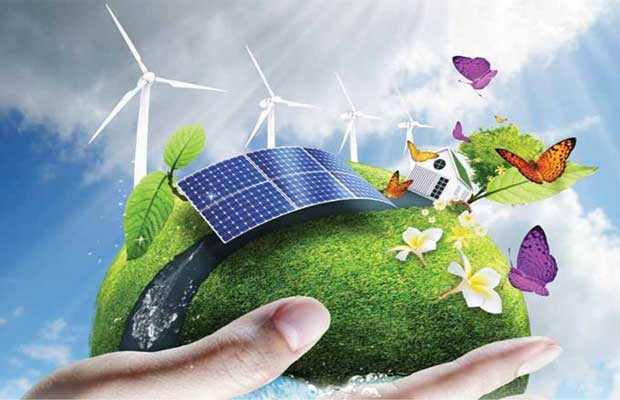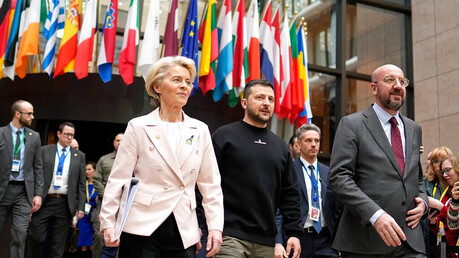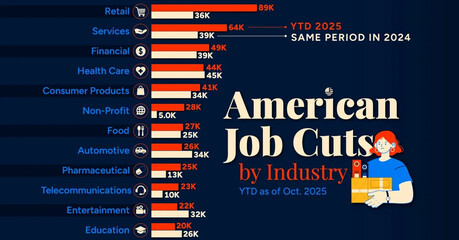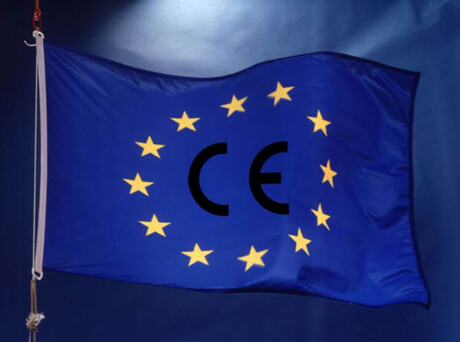
Although the International Energy Agency (IEA) projected that renewable energy would surpass coal to become the world's leading source of electricity before 2026, this significant milestone was already achieved in the first half of 2025. According to a report by the energy think tank Ember, the increase in solar and wind power generation exceeded 100% of the growth in global electricity demand, signaling a historic inflection point in the energy transition. The share of clean energy sources in the global power mix has reached 41%, solidifying this structural change.
In the first half of 2025, global electricity demand grew by 1,020 terawatt-hours (TWh), but solar and wind production grew by 12% year-on-year, generating an additional 1,023 TWh. Solar power, in particular, saw a record growth rate of 31%, covering 83% of the demand increase. This surge in clean energy has led to renewables surpassing coal generation (4,896 TWh) for the first time in history, and a structural shift where fossil fuel generation saw a 0.6% decrease. China was identified as a key driver of the transition, accounting for 43% of the global increase in solar and 44% of the increase in wind. Both China and India saw a reduction in fossil fuel use thanks to the rapid growth of clean energy.
The IEA released a positive outlook that supports this trend. Global renewable energy capacity is expected to increase by 30% in 2025, reaching 6,300 GW. Driven by lower module prices and strong policy support, solar power is leading the growth, accounting for three-quarters of the new capacity. Furthermore, the IEA's analysis revealed that global energy investment is projected to reach $3.3 trillion in 2025, with investment in clean energy technologies more than doubling that of fossil fuels. Investment in the Solar PV sector alone reached $450 billion, the highest among all technology sectors, indicating that the energy system is rapidly moving towards an "age of electricity."
UN Secretary-General António Guterres welcomed the achievement, emphasizing, "We must seize this historic opportunity to accelerate the global shift toward a better future for all." Dave Jones, Global Programme Director at Ember, also assessed, "We've reached an inflection point where the rapid growth of clean generation is outpacing demand growth. This gives us realistic hope for achieving the goal of net-zero emissions in the power sector by 2040." While this data confirms that the energy transition is accelerating, the UN urged for an even faster pace of transition to limit the global average temperature increase to 1.5°C.
[Copyright (c) Global Economic Times. All Rights Reserved.]




























